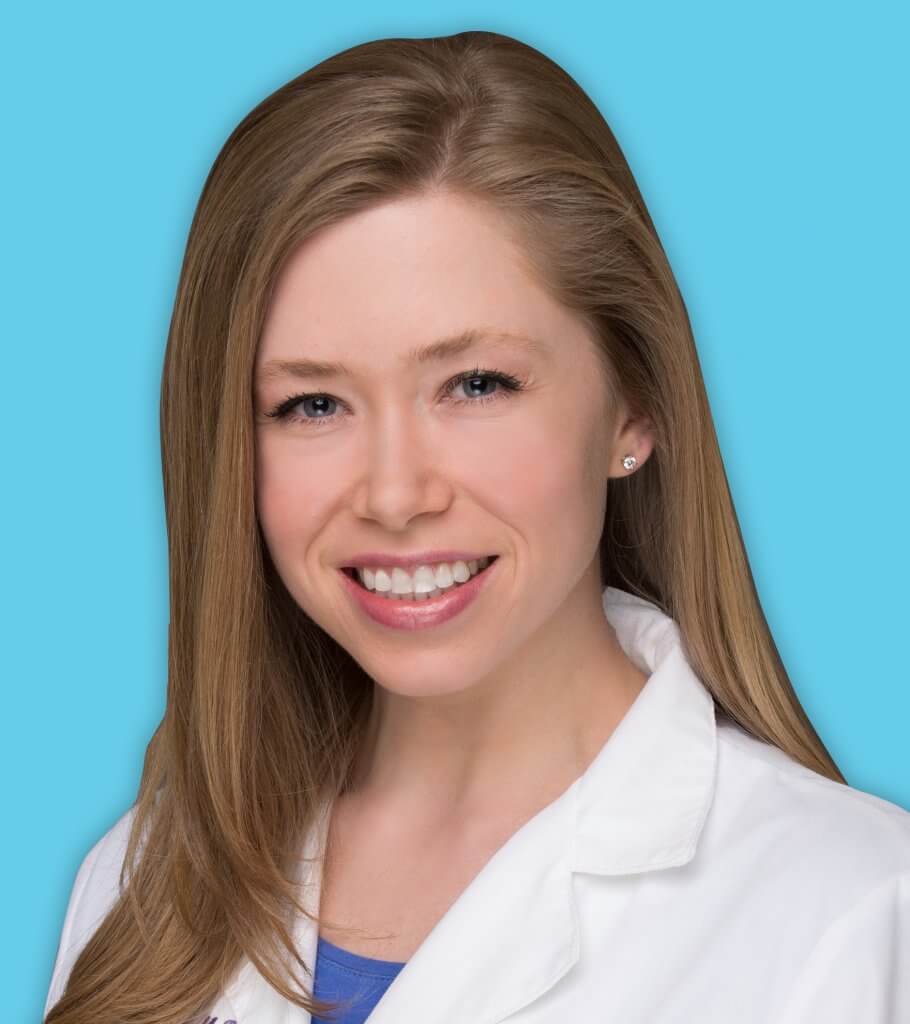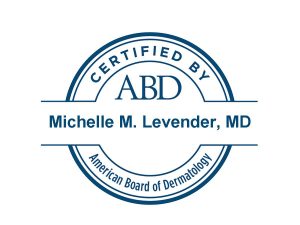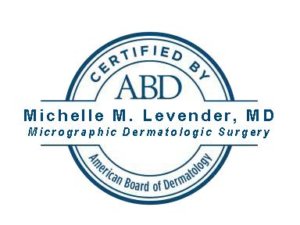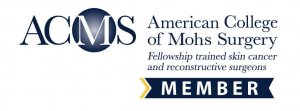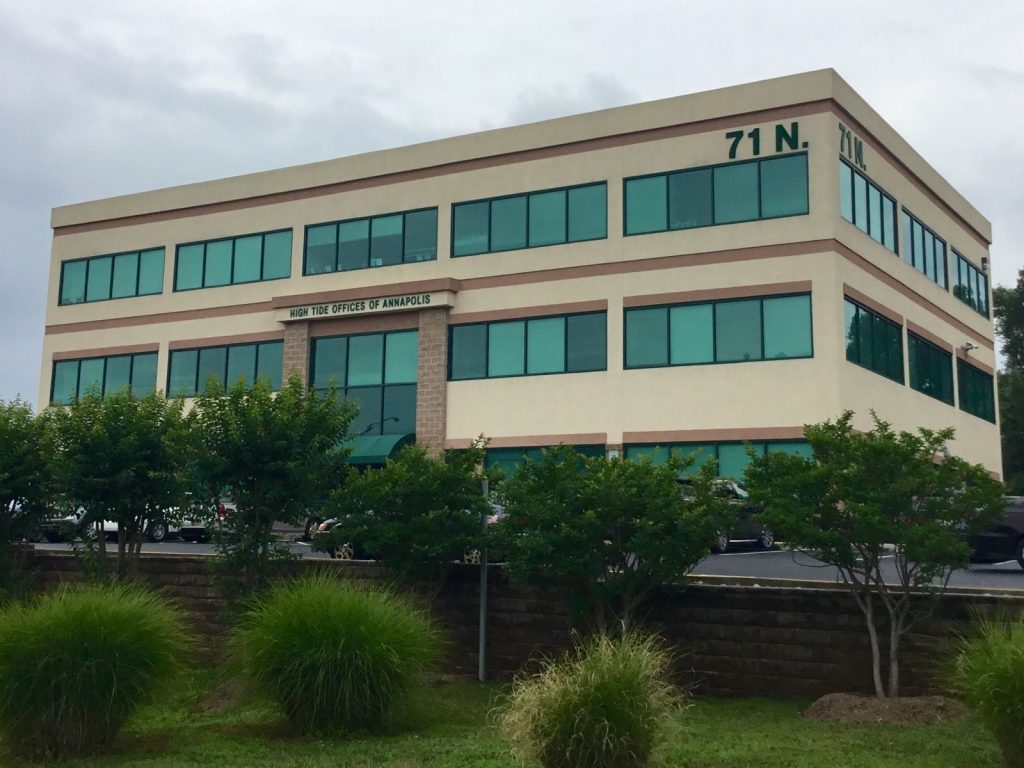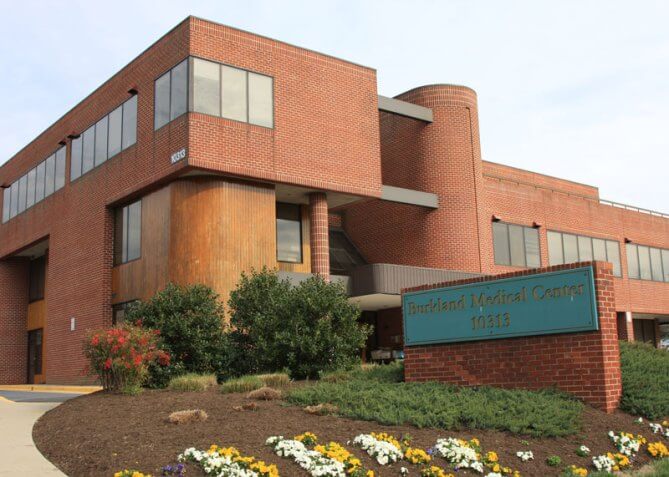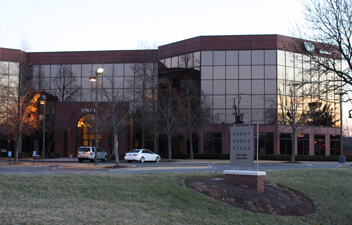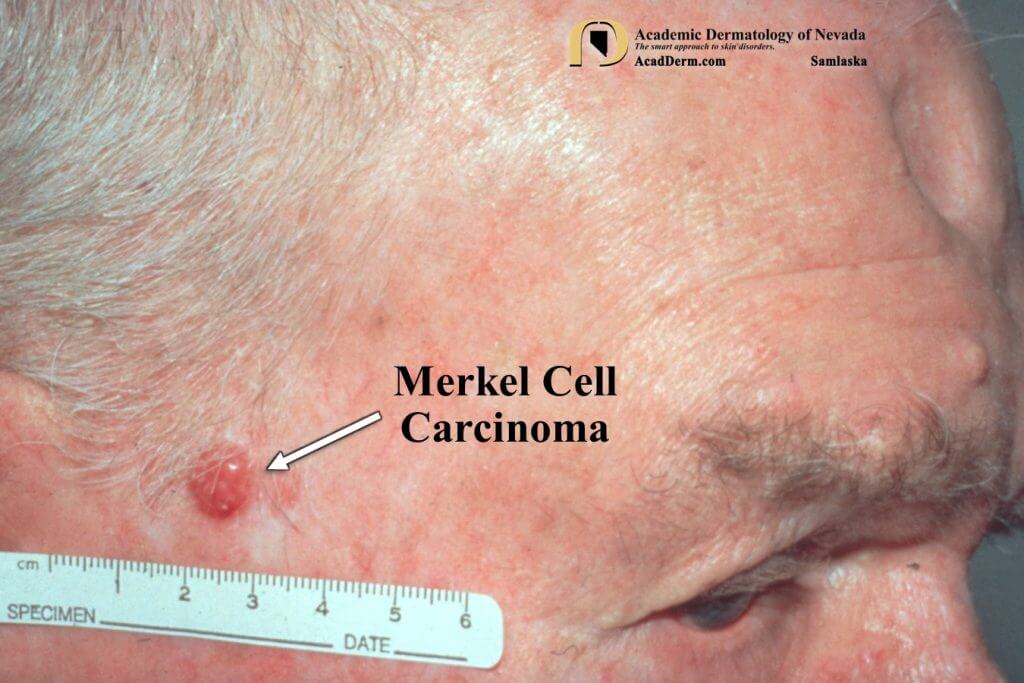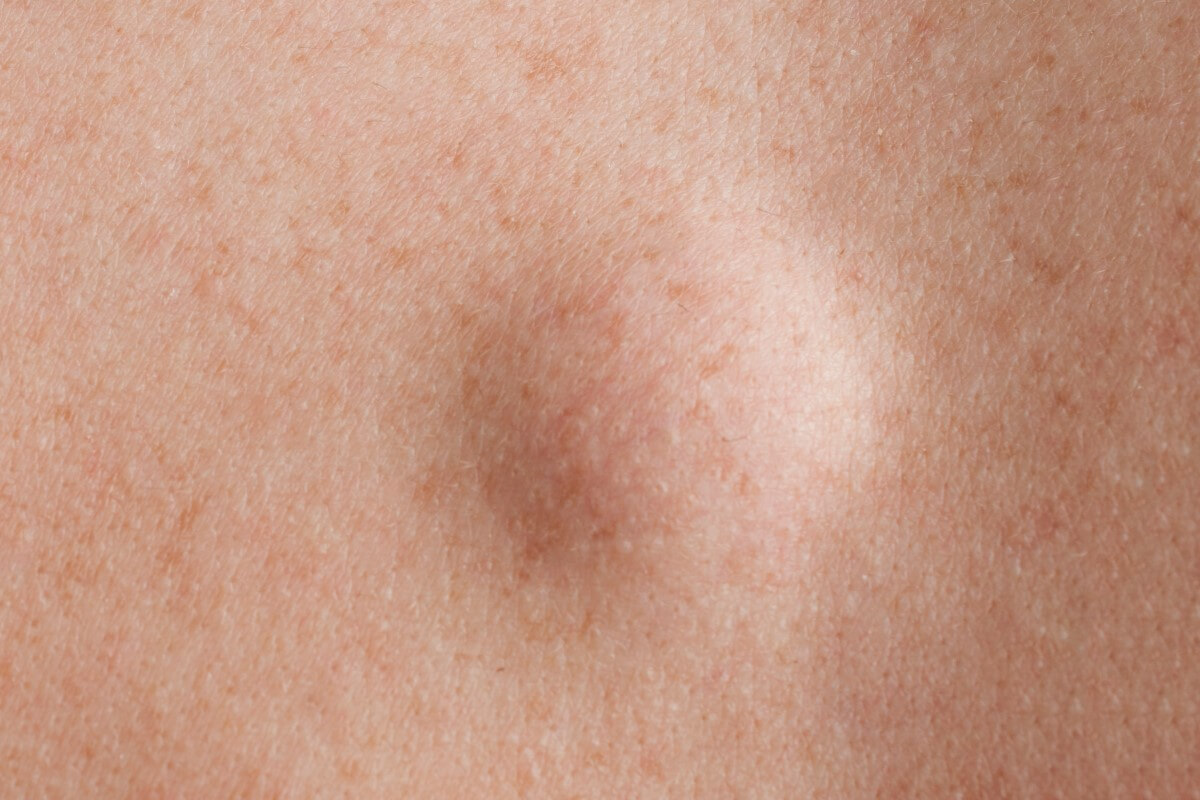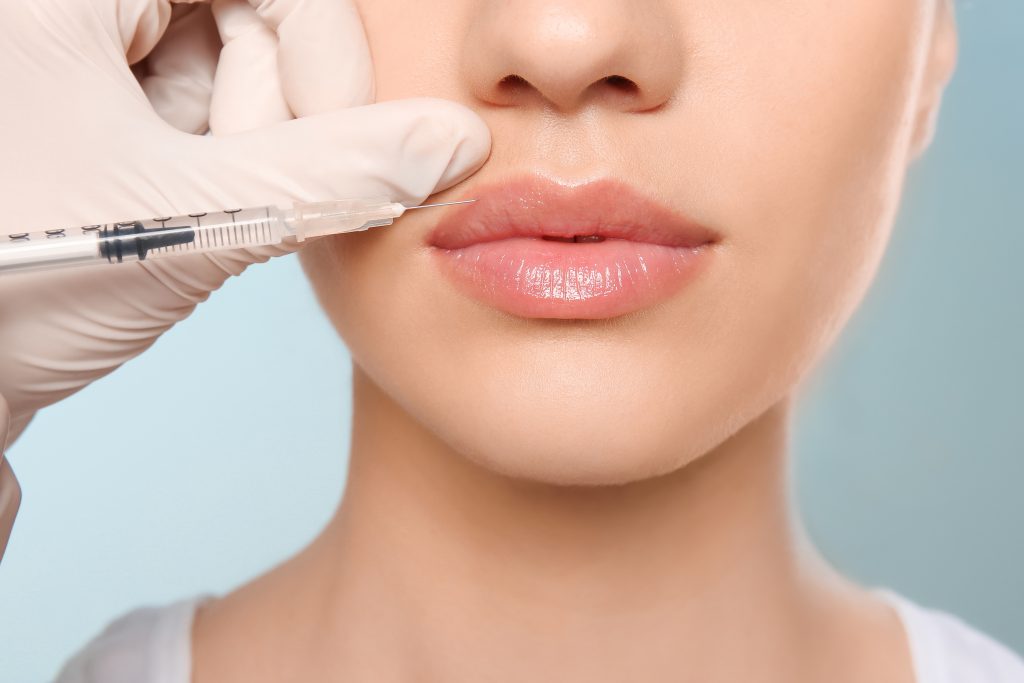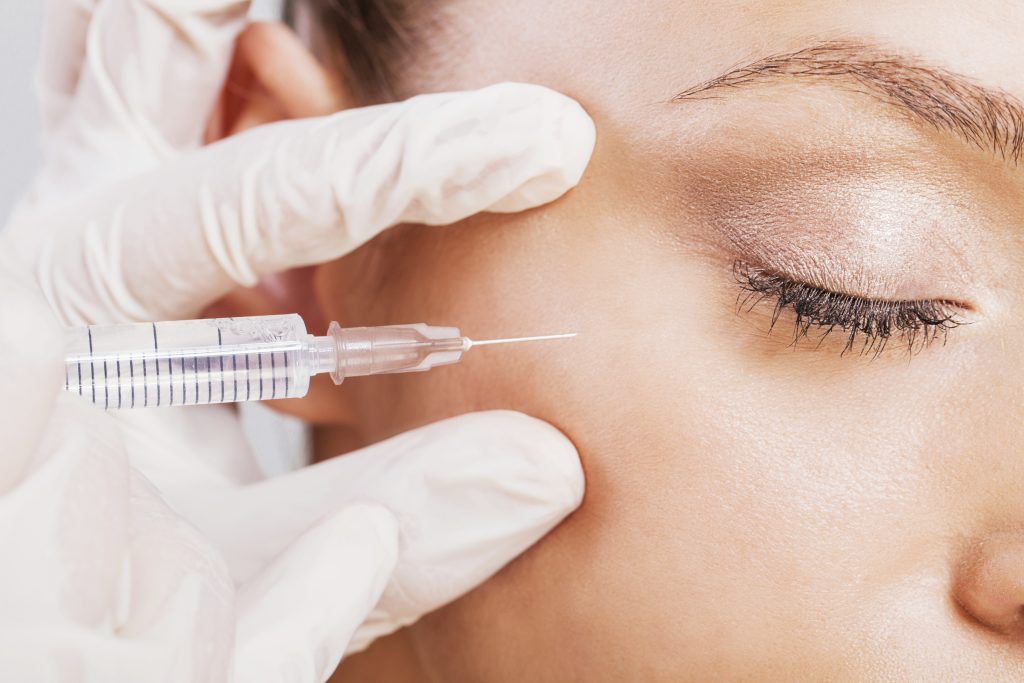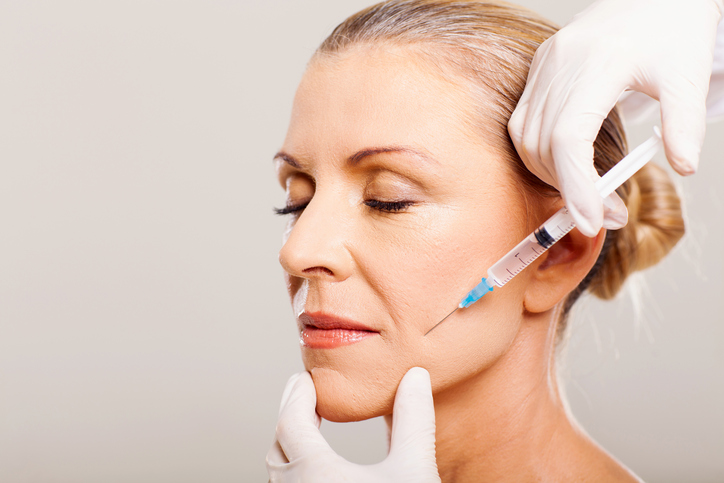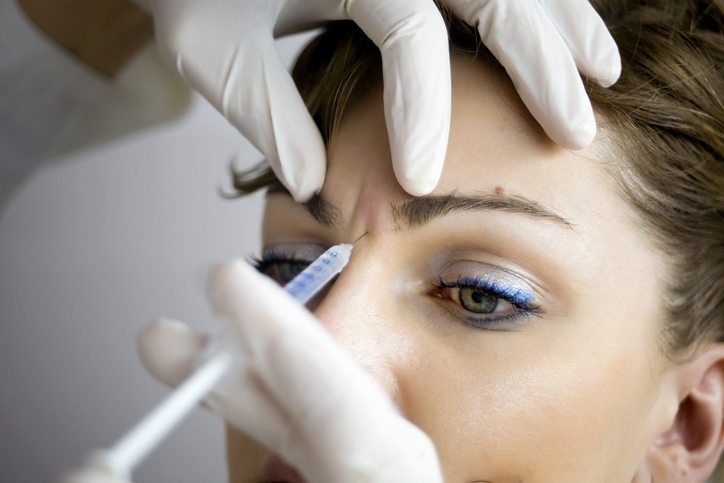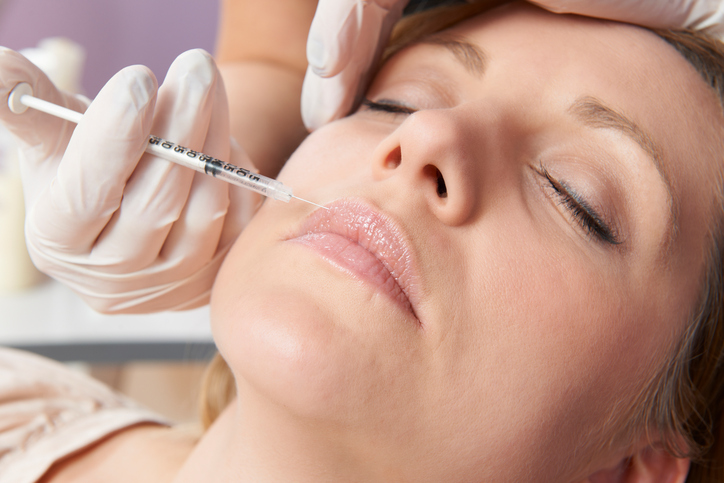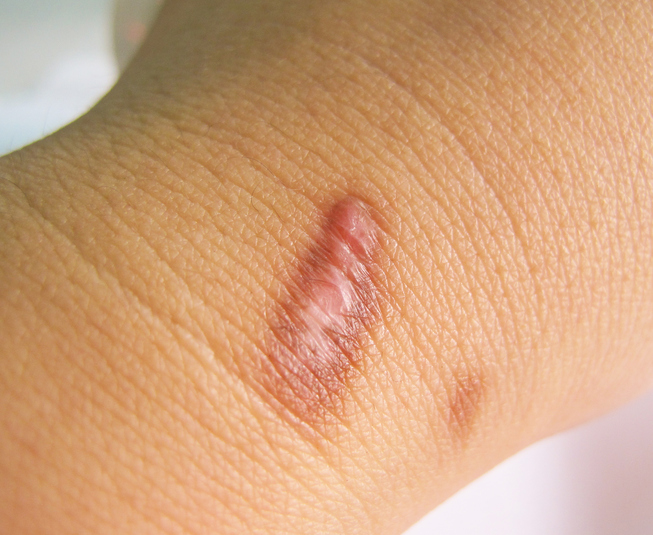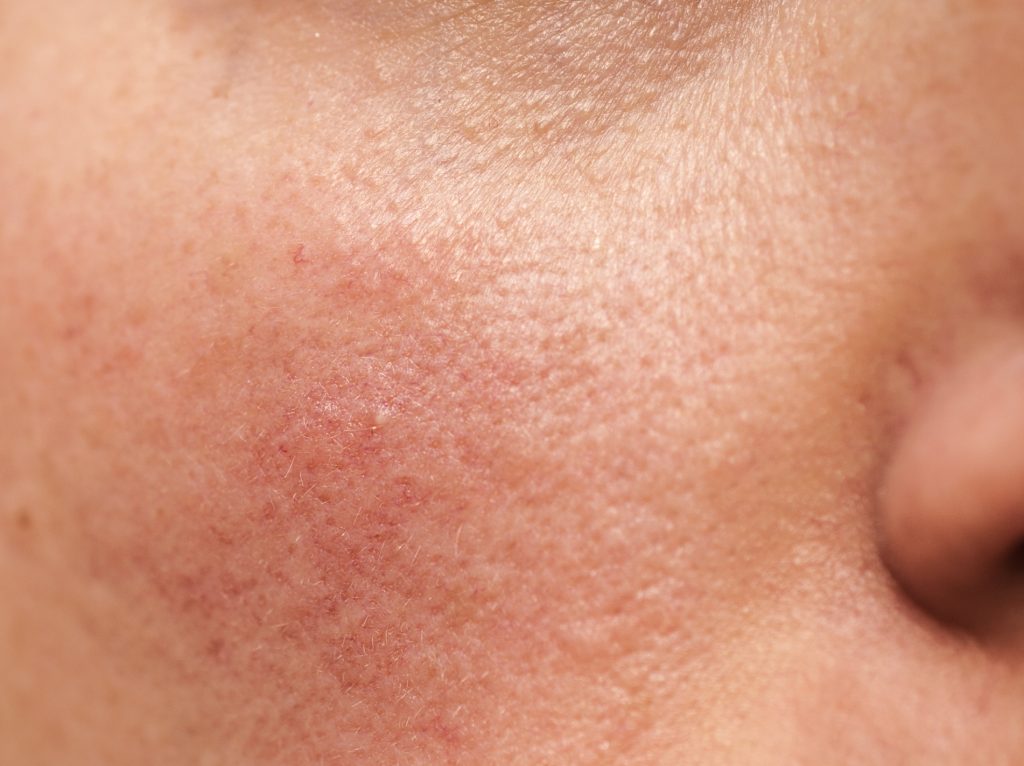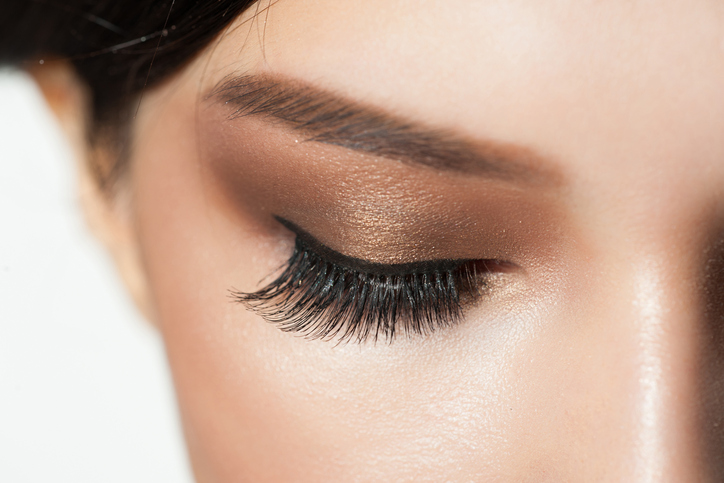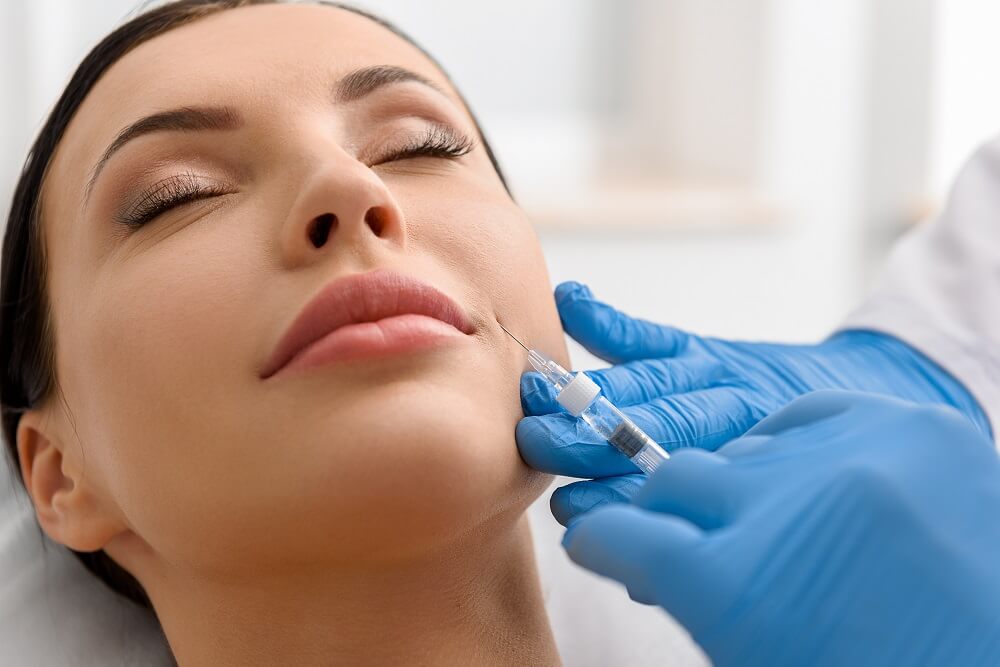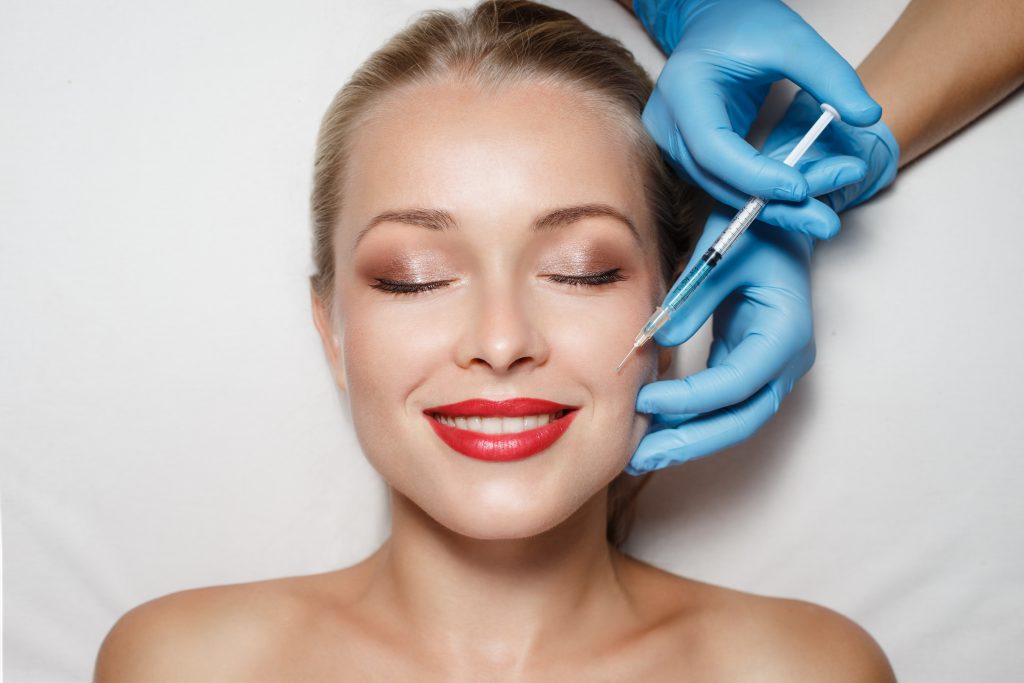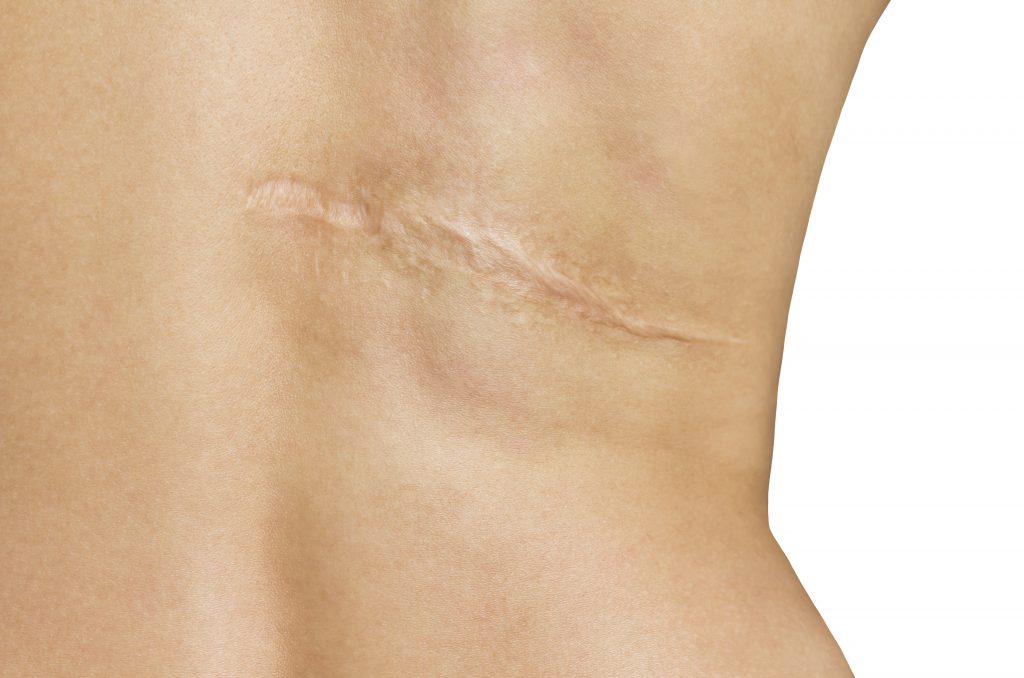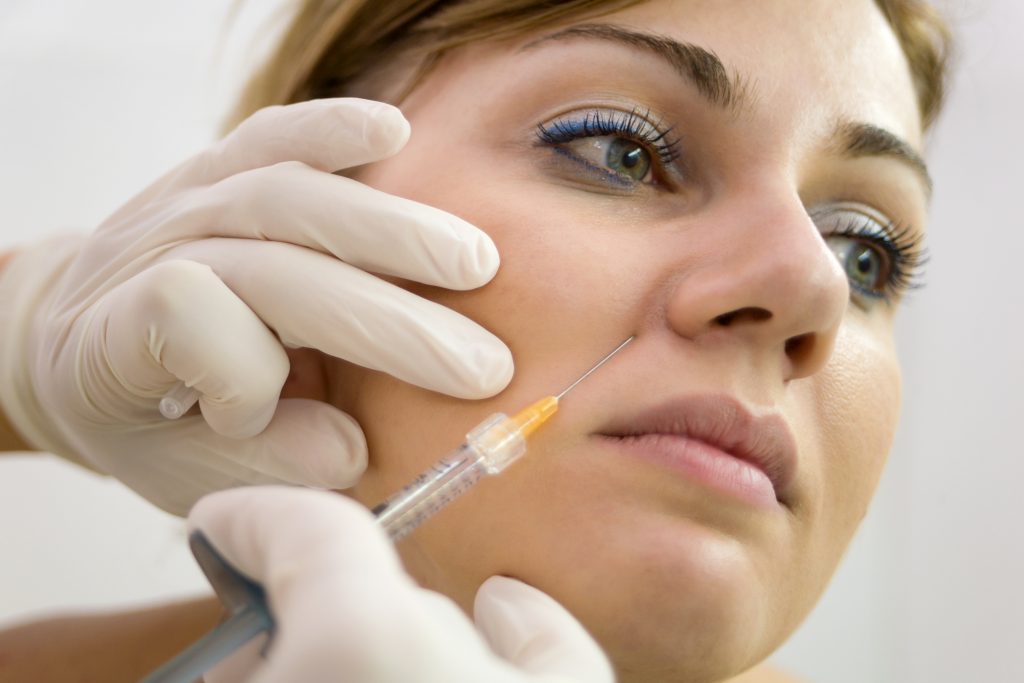Dr. Michelle Levender graduated summa cum laude as a Phi Beta Kappa from the University of Richmond with a Bachelor of Science in psychology and a minor in studio art and biology. She earned her Doctor of Medicine in 2008 from the University of Maryland, where she was elected to the Alpha Omega Alpha Honor Society. She then went on to complete two years of residency training in obstetrics and gynecology at Pennsylvania Hospital in Philadelphia, during which time she delivered over 400 babies and performed countless surgeries.
Despite a wonderful experience, she made the difficult decision to leave obstetrics and gynecology behind to pursue her passion for dermatology. She was granted a competitive one-year clinical research fellowship at the Center for Dermatology Research at Wake Forest University in Winston-Salem, North Carolina. Dr. Michelle Levender went on to complete a rigorous residency program in dermatology at Columbia University in New York City. She then pursued fellowship training in Mohs and reconstructive surgery and laser and cosmetic dermatology, at the University of California, San Francisco.
Dr. Michelle Levender has published over 20 peer-reviewed articles and several textbook chapters and has presented at meetings around the world. She is board certified in dermatology and is a fellow of the American Academy of Dermatology and of the American College of Mohs Surgery and is a member of the American Society for Dermatologic Surgery. Dr. Michelle Levender specializes in both dermatologic and Mohs surgery, including the diagnosis and treatment of skin cancer, the surgical management of skin lesions and the treatment and revision of scars, as well as in cosmetic dermatology including laser treatments, botulinum toxin injections (Botox, Xeomin, Dysport), dermal fillers (Juvederm, Voluma, Restylane, Belotero, Sculptra) and Kybella for treatment of submental fullness (double chin).
Dr. Michelle Levender grew up in Columbia, Maryland, and is delighted to be back in her hometown and serving her community. Dr. Michelle Levender cares for patients at U.S. Dermatology Partners in Rockville, Silver Spring, and Annapolis Maryland.

